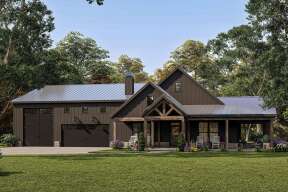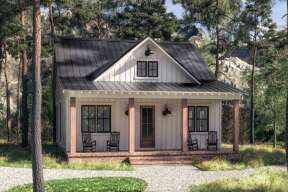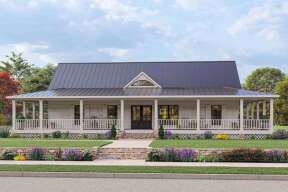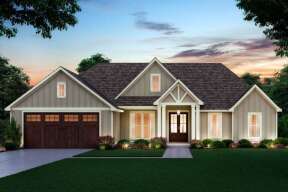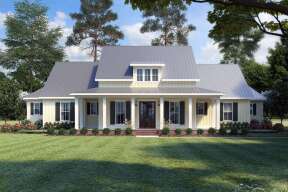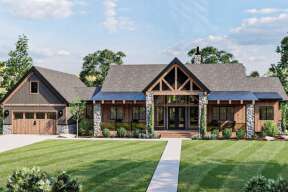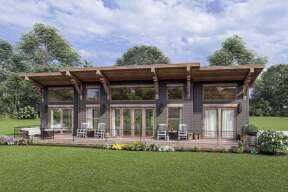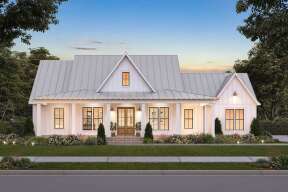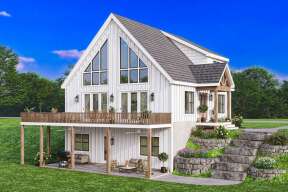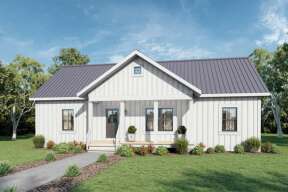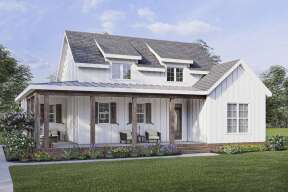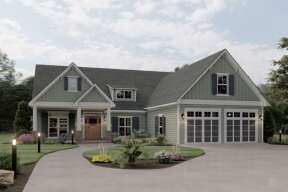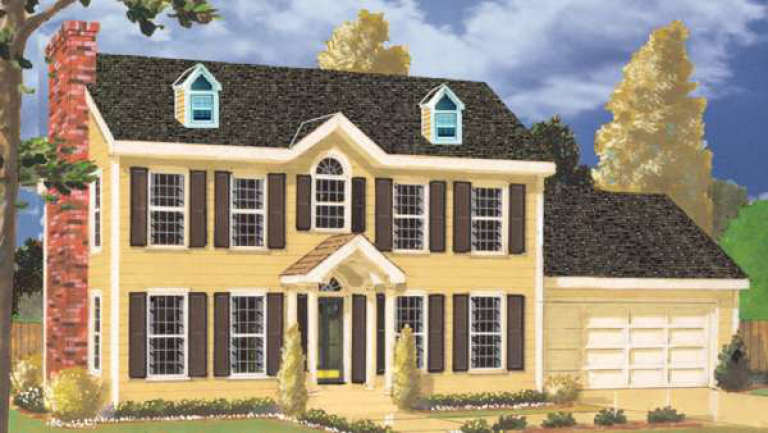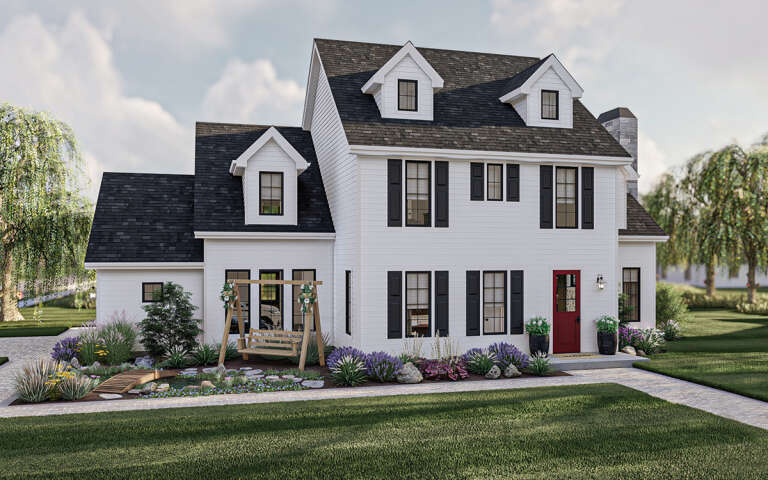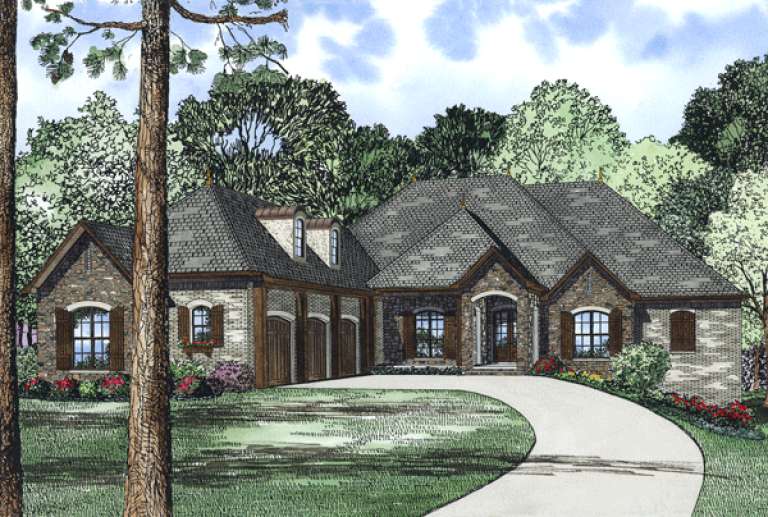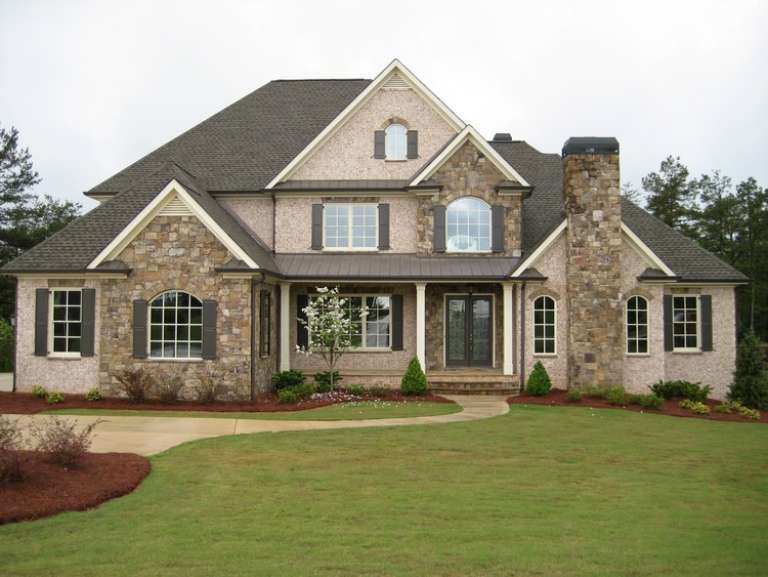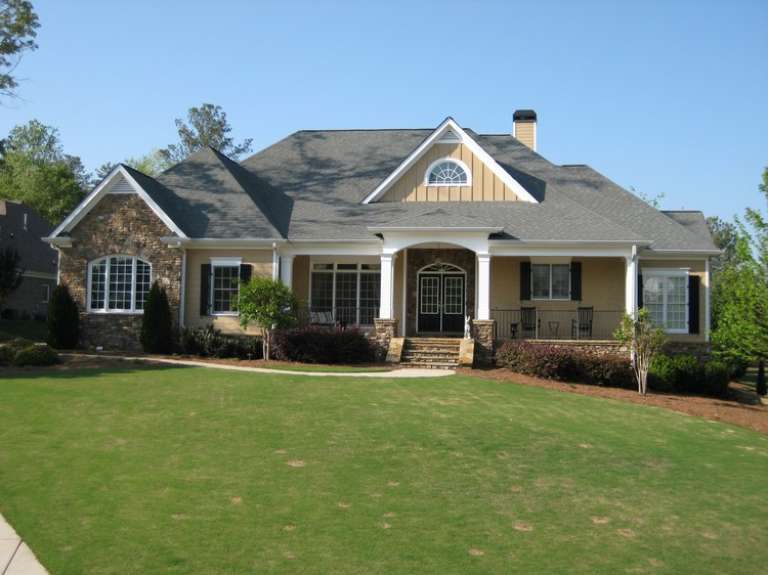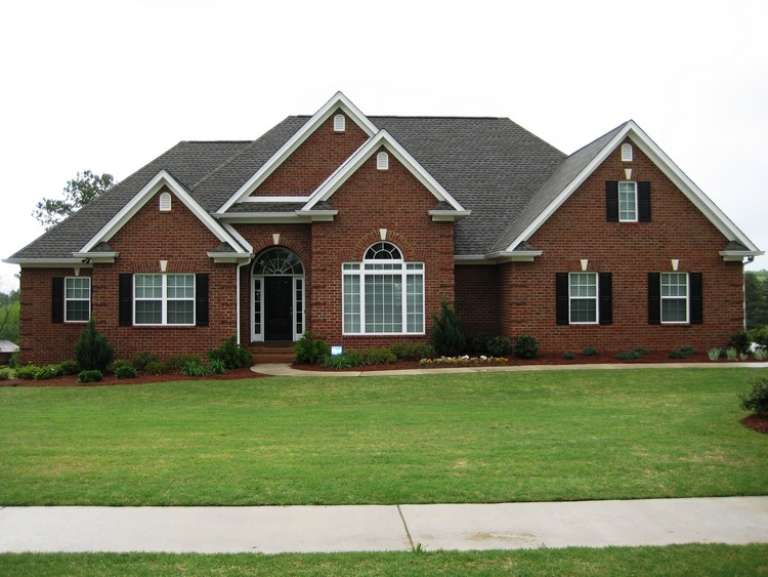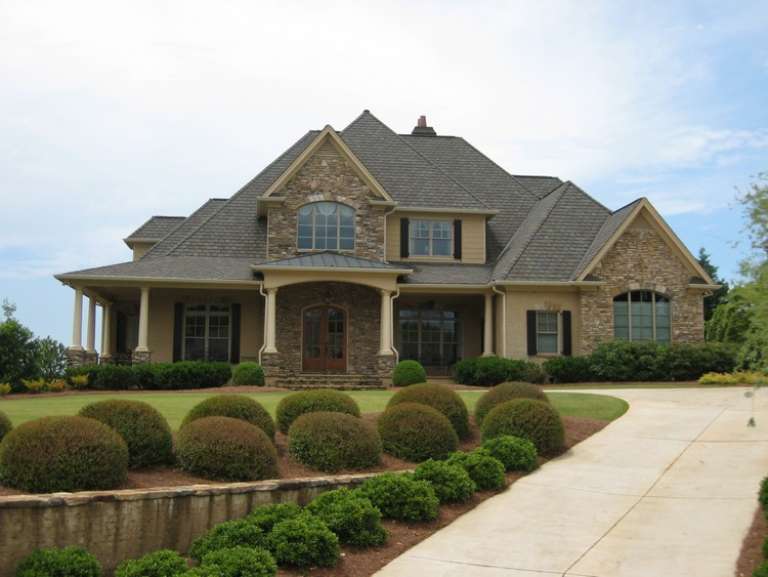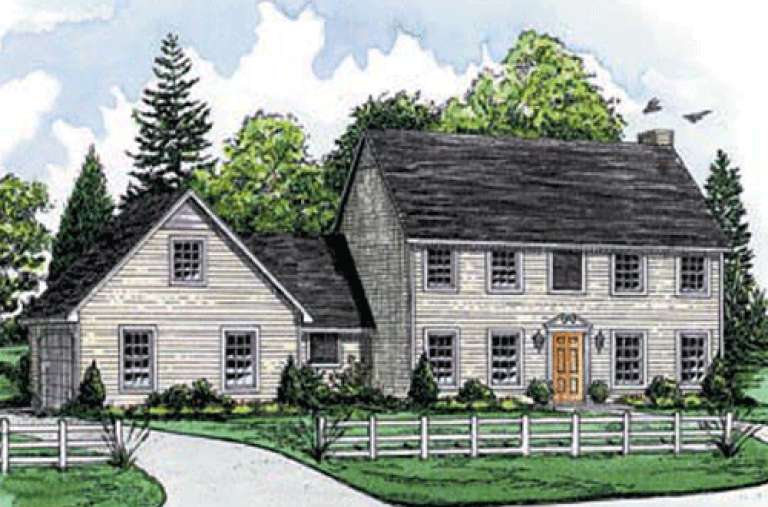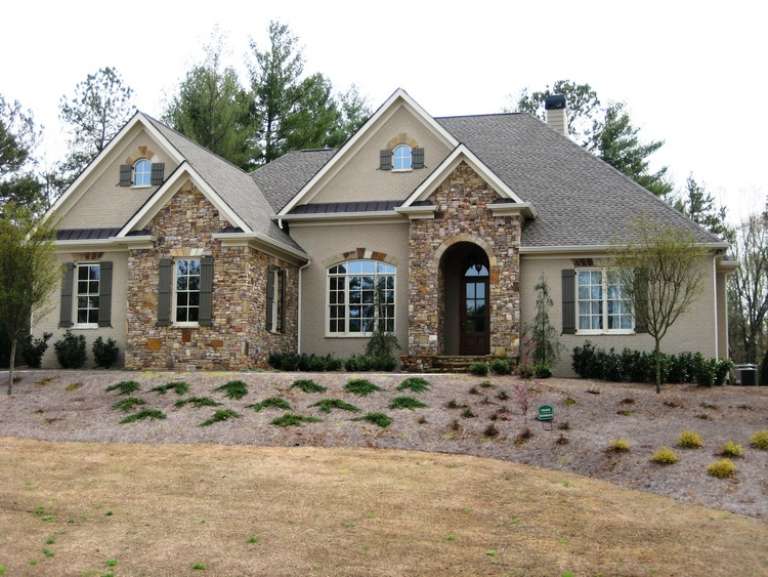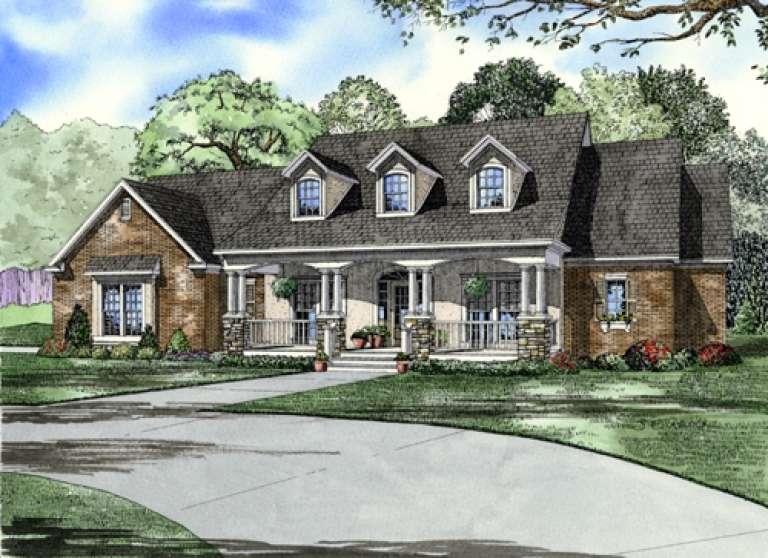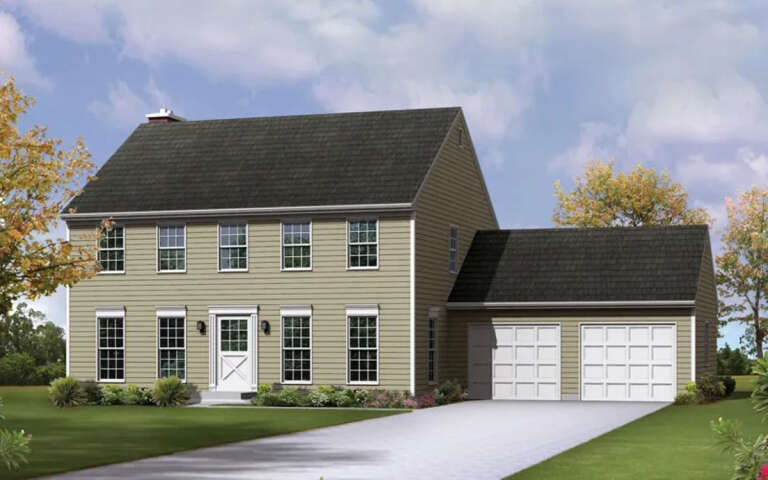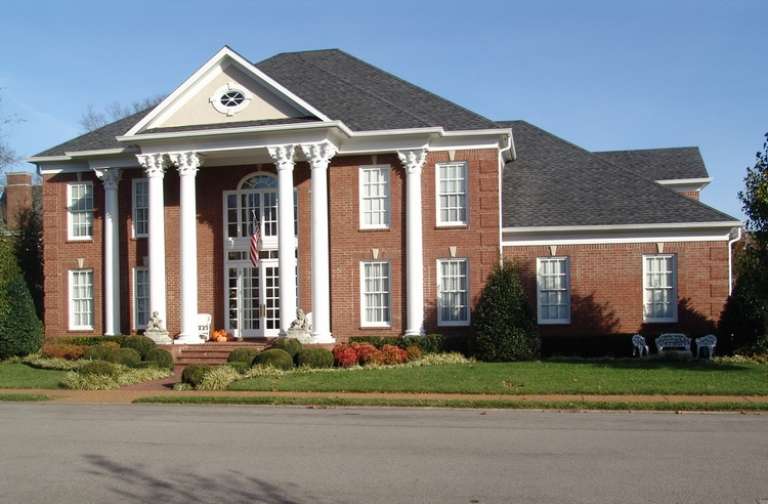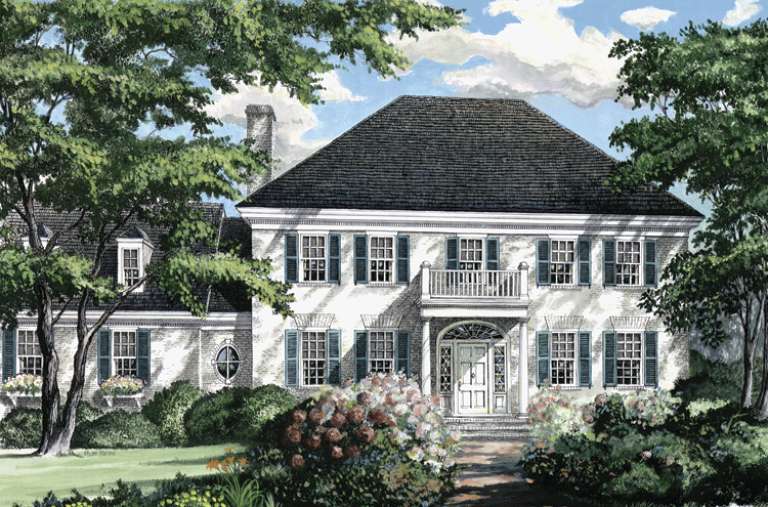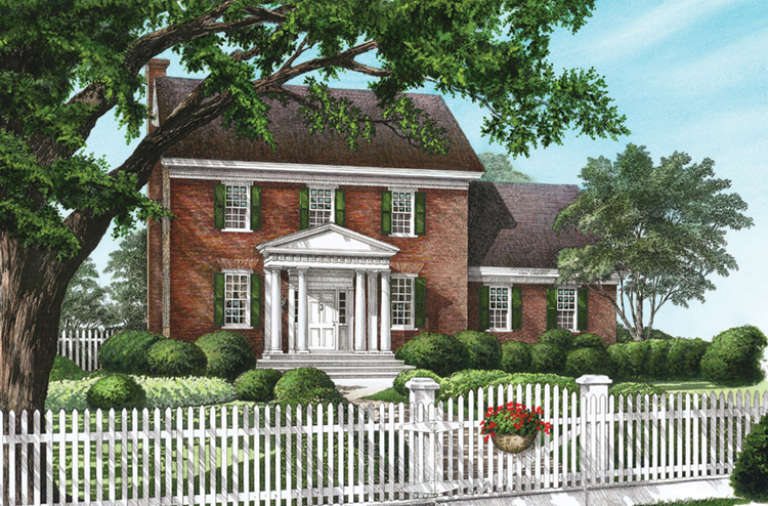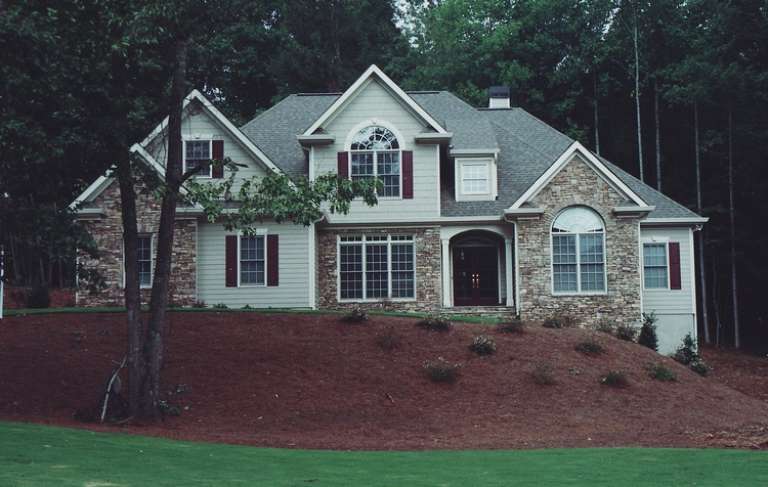78 Results
SORT BY
Early American FAQ
What is an Early American-style house?
The Early American style house, sometimes referred to as colonial style represents a series of architectural styles that emerged in the colonial era from the early 17th century through the mid-19th century in what is now the United States. This broad category includes a diverse range of designs reflective of the cultural influences of early settlers from various European nations, particularly England, Spain, France, and the Netherlands.
Each of these sub-styles showcases distinctive features indicative of the climates and resources of their regions, as well as the cultural heritage of the settlers who brought these architectural traditions to America. However, across these diverse designs, a common thread is the practical adaptation to local conditions and the uncomplicated, functional elegance that makes the Early American style iconic and enduring.
What was the typical floor plan of an early American home?
The typical floor plan of an early American home largely depended on the specific architectural style, which was often influenced by the regional climate, local materials, and the cultural background of the settlers.
However, many early American homes, especially those influenced by the British Colonial style, followed a relatively consistent basic plan known as a "central hall" or "center-hall" plan. This layout was practical and adaptable and continues to inform American domestic architecture.
The central hall plan typically involved a two-story structure. Upon entering the house, one would step into a main hallway dividing the ground floor into two halves. On one side of the hallway, there would usually be a parlor or formal living room, often used for entertaining guests or special occasions. On the opposite side, one typically finds the family room or a second parlor. The hallway itself often contained a grand staircase leading to the upper floor.
The kitchen was typically located at the rear of the house, attached to or very close to a dining area. In some cases, especially in colder climates, the kitchen might be in a separate building to reduce the fire risk and keep cooking heat out of the main living space during summer.
The upper floor mirrored the ground floor layout with a central hallway with bedrooms on either side. These bedrooms were usually equal in size, reflecting the balanced, symmetrical home design.
While this description reflects a typical floor plan, it's essential to note the variations among different styles of Early American homes. For example, Spanish Colonial homes often centered around an interior courtyard, while French Colonial homes featured wide, wraparound porches. Nonetheless, the central hall plan remains an iconic design within the broader spectrum of early American home styles.
What is the difference between colonial and early American?
While the terms "Colonial" and "Early American" are sometimes used interchangeably in discussions of architectural style, they can also be distinguished in terms of their historical context and stylistic range.
"Colonial" typically refers to homes built by European settlers in the American colonies from the early 17th century through the late 18th century, ending roughly with the American Revolution in 1776. These homes were heavily influenced by the architectural styles of the settlers' homelands, including English, Spanish, Dutch, and French styles. These styles had distinct characteristics but commonly featured symmetry, simplicity, and practicality.
"Early American," on the other hand, is a broader term encompassing colonial styles but also includes homes built in the early years of the United States, stretching into the mid-19th century. Thus, Early American-style homes may incorporate Federal and Greek Revival styles that emerged after the American Revolution.
While both Colonial and Early American homes reflect the architectural history of the United States, the term "Colonial" refers to homes built during the colonial period and influenced directly by European styles, while "Early American" is a broader category that includes not only colonial styles but also the architectural styles that emerged in the early years of the United States as a new, independent nation.
How many rooms do early American houses have?
The number of rooms in Early American homes varied greatly depending on the specific architectural style, the geographic region, and the resources and social status of the home's original occupants.
In the earliest days of American settlement, homes were often straightforward, with just one or two rooms serving multiple functions. Over time, as communities became more established and prosperous, houses expanded to include additional rooms for specific purposes.
For instance, a typical New England Colonial might have started as a single-room structure but later expanded into a "hall and parlor" plan, with a large hall used for cooking, eating, and general activities and a smaller parlor for more private activities. As these homes continued to evolve, a second floor with bedrooms might be added, and additional living spaces might be built onto the side or back of the original structure.
Early American homes generally prioritized functionality and efficient use of space, and their design reflects the early settlers' practical needs and cultural influences.
What is the average size of an early American house?
Much like the answer to the question above, the size of Early American homes varied greatly depending on various factors. Early settlers often started with very modest dwellings. For instance, New England's first English Colonial homes were usually one-room structures, around 16 by 20 feet, only around 320 square feet for an entire family, serving multiple functions for cooking, eating, and sleeping.
As communities became more established and prosperous, these structures often expanded. A more typical New England Colonial home from the late 17th or early 18th century might be a two-story structure with two to four rooms on each floor, each room measuring approximately 15 to 20 feet square, with a total floor area of around 1,200 to 1,600 square feet. Homes could be more significant in the Southern colonies, especially in wealthier households, with grand Georgian or Federal-style mansions reaching 3,000 square feet or more. Modern early American home plans range from 1,100 square feet to 3,600 square feet.
It's important to remember that these homes were designed to meet the practical needs of their inhabitants and suit their regions' climates and resources. Early American house plans reflect a wide range of sizes and layouts.


